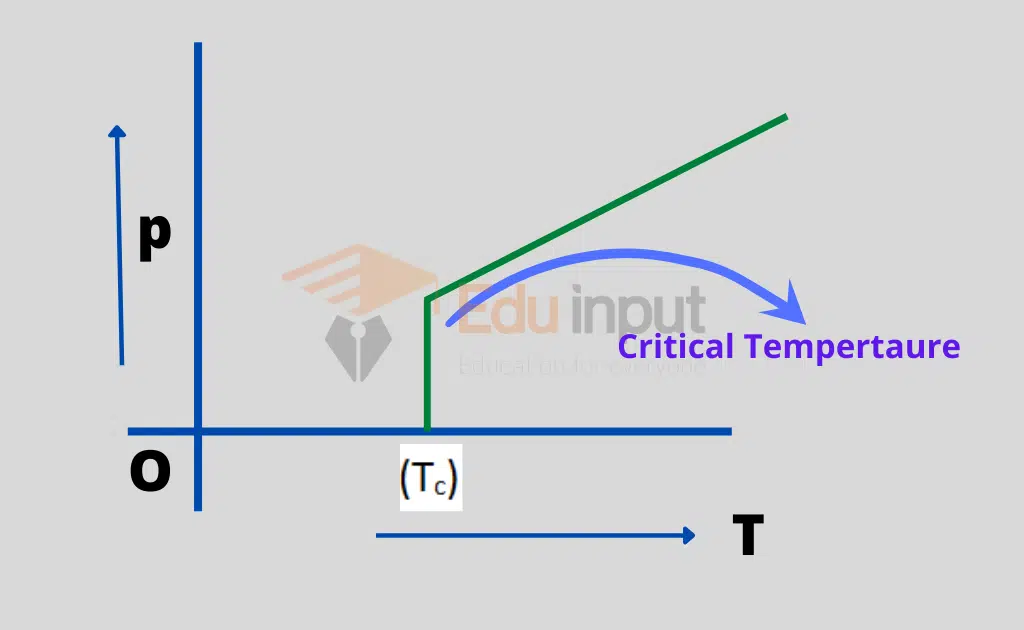What are Superconductors and Superconductivity?
Superconductors are materials that offer zero resistance to electric current. According to the electrical properties of solids, conductors are those materials that conduct electricity easily. So superconductor is a material that offers no resistance to electricity. Examples of superconductors include ceramic materials like yttrium barium copper oxide and mercury barium calcium copper oxide.
What are superconductors?
Superconductors are different in nature from ordinary conductors. The conductivity of an ordinary conductor is of order 107(Ωm)-1. But the resistance of the superconductor becomes zero below a certain temperature.
What is superconductivity?
The process of reducing the resistance of a material with low temperature immeasurable low values is called superconductivity. There are certain materials whose resistivity becomes zero below a certain temperature.
The critical temperature for superconductivity
This temperature at which the resistance of the superconductor becomes zero is called the critical temperature (Tc) and below this temperature, these materials are called superconductors.

Once the resistance of the material drops to zero, no energy is dissipated and the current, once established, continues to exist indefinitely without the source of emf.
History of superconductors
The first superconductor was discovered by Heike Kamerlingh by observing that the resistance of the mercury disappears below 4.2 K. Some other materials such as aluminum (Tc = 1.18K), Tin (Tc=3.72K), and lead Tc = (7.2K) also become superconductors at very low temperature.
Ceramic materials
In 1986 a new class of ceramic materials was discovered and they exhibit superconductivity at fairly high temperatures than mercury or lead etc. They show superconductivity at 125K
High-Temperature Superconductor:
A superconductor with a critical temperature above (77K) which is the boiling point of liquid nitrogen, is referred to as a high-temperature superconductor.
A complex crystalline structure known as yttrium barium copper oxide (YBa2Cu3.O7) is a superconductor at 163K or -110 °C by professor Yao Lian’s Lee at Cambridge University.
Efforts are underway to create superconductors at room temperature. A superconductor at room temperature will revolutionize electrical technologies.
Uses of superconductors
They are used in many applications e.g. they are used in
- Magnetic resonance imaging (MRI)
- Magnetic levitation trains from
- Powerful electric motors
- Faster computer chips
Related FAQs
What are superconductors in physics?
A superconductor is a material that offers zero resistance to electric current.
How superconductors are made?
When certain materials like lead and mercury are cooled to extremely cold temperatures, they become superconductors
Is Gold a superconductor?
Gold itself is not a superconductor. Even gold in its extremely pure form does not show superconductivity.







Leave a Reply